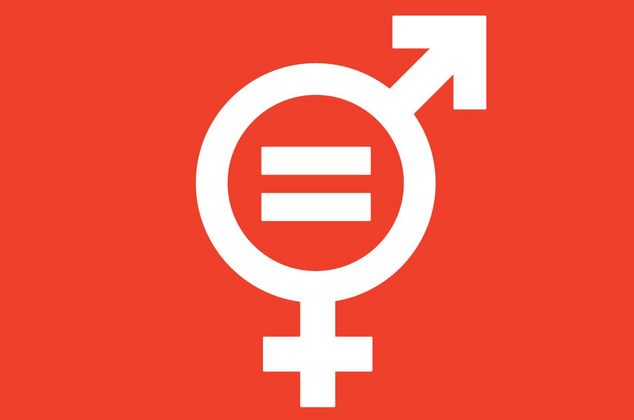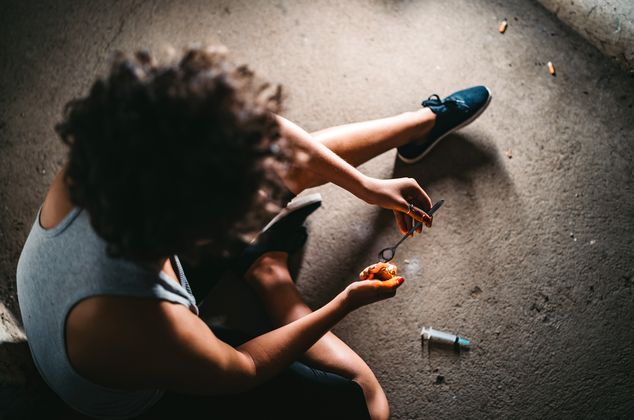Women and drug cultivation

Gender roles in illicit drug crop cultivation
In drug-crop growing areas, both men and women work in the fields, sowing, watering and harvesting the plants. Nevertheless, the circumstances they face are different. These differences have not been paid sufficient attention in rural development programmes to date.
Illegal drug crops such as coca, opium poppy and cannabis are often grown in rural, marginalised areas where many people live in precarious conditions. Violence and armed conflict are ubiquitous, state institutions have virtually no presence, and many households lack access to running water and electricity. As growing drug crops is often the main – or even the only – source of income in these regions, however, not only individual households but entire communities are involved.
As with the gender-specific inequalities observed throughout the world, women in rural drug-crop growing regions also assume time-consuming and labour-intensive domestic tasks in addition to farming work. Thus they are usually responsible for bringing up the children, caring for the sick and the elderly, and feeding the entire family. It is primarily women who take care of the family’s health and education. In the majority of cases, they are not paid for this work. Women farmers are paid considerably less on average than men and are often financially dependent on their partner.
In addition to this dual burden, some women also take on social or political roles in the communities to help drive progress. Due to widespread gender stereotypes that exclude women from playing an active role in society, women rarely receive support and sometimes even face rejection.
Rural development projects are often primarily geared towards men. This includes Alternative Development projects, which aim to sustainably secure the livelihood of smallholder farmers by developing economic alternatives such as coffee and cocoa. This is designed to make them less dependent on the drug economy in the long term.
There are various reasons why such programmes primarily target men: Men traditionally represent their household in public decision-making processes and in many cases are the sole legal owners of the land that their family farms. As a result, more men than women take part in further education and training and they benefit more often from loans. Yet in many cases, it is mainly women who look for legal and sustainable alternative sources of income, fearing for the safety and wellbeing of their families. Their willingness to embrace change is rarely appreciated or harnessed.
Against this backdrop, it becomes clear that development programmes in rural drug-crop growing regions need to analyse and take account of the different circumstances that men and women face – before, during and after the programme. Only then can women achieve independence and be in a position to take decisions, hence opening up a sustainable way of addressing the problem of illegal crop cultivation.

